Did The Iconic Funerary Gold Mask Of King Tutankhamun Belong To His Stepmother Queen Nefertiti?
MessageToEagle.com – Before being published in a scientific journal in December, British Egyptologist Nicholas Reeves, from Arizona University, sent Al-Ahram Weekly an advance copy of his article on the original name inscribed on Tutankhamun’s mask.
Entitled “The Gold Mask of Ankhkheperure Neferneferuaten” Reeves relates that an essay was behind his first doubts about King Tutankhamun possession of his iconic gold mask, now under restoration at the Egyptian Museum in Tahrir Square, writes Al-Ahram Weekly.
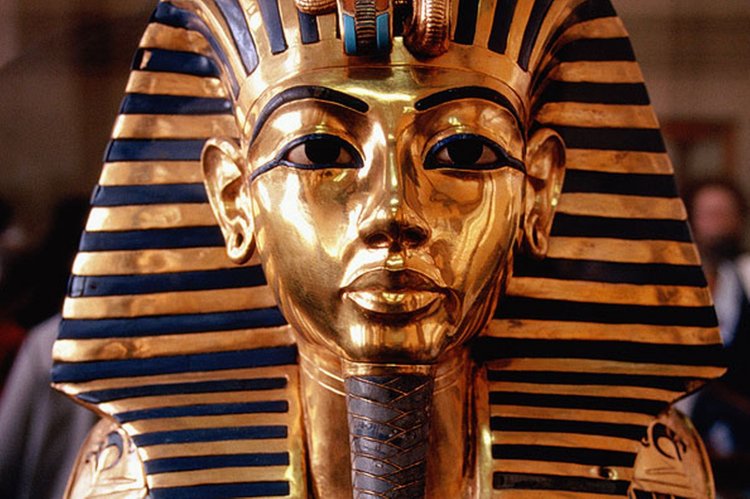
In the paper Reeves wrote that several years ago, in an essay which has still to appear, he sought to demonstrate that the famous gold mask from King Tutankhamun’s tomb (KV 62) had been created not for the boy king but for the use of a female predecessor named Ankhkheperure Neferneferuaten (Queen Nefertiti) who was King Akhenaten’s co-regent.
“The evidence in favour of this conclusion was, and still is compelling,” Reeves said, adding that he was able to muster for it no inscriptional support. Detailed scrutiny, both of the mask itself and of photographs, furnished not the slightest hint that the multi-columned hieroglyphic inscription with cartouche might pre-date Tutankhamun’s reign.
“Happily, this reluctant presumption of the mask’s textual integrity may now be abandoned,” Reeves pointed out in the paper, asserting that “a fresh examination of the re-positioned and newly re-lit mask in Cairo at the end of September 2015 yielded for the first time, beneath the hieroglyphs of Tutankhamun’s prenomen, lightly chased traces of an earlier, erased royal name.”
With the kind cooperation of former director of the Egyptian Museum Mahmoud Al-Halwagi and the Museum’s photographer Ahmed Amin, it proved possible to secure an exceptionally clear image of this palimpsest.
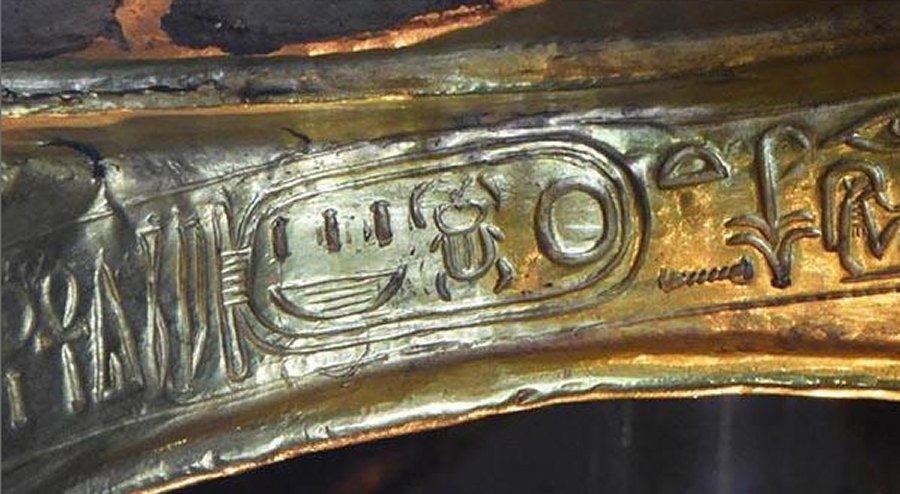
Given its significance, Reeves was keen to share this discovery with specialist colleagues, from whom he also sought input. “For, although the opening signs of the underlying text were obvious enough, those traces close to the cartouche’s ‘tie’ were proving difficult to disentangle,” Reeves wrote. He added that his request for aid evoked responses from both Ray Johnson and Marc Gabolde.
“I am extremely grateful for their contributions to this note,” he said, confirming that “not only has our collaboration resulted in a reasonably definitive reconstruction of the name-form originally borne by the mask, but this name indeed confirms the conclusion I had reached previously on non-inscriptional grounds — namely, that Tutankhamun’s headpiece had been prepared originally for the co-regent Ankhkheperure Neferneferuaten.”
The changes to which the mask’s cartouche had been subjected are presented in a drawing by Gabolde. “Above, in green, we see the present, Tutankhamun-era inscription, with visible portions of the earlier, underlying text highlighted in red; below, in yellow, is the agreed reconstruction of this original name.”
“The easiest elements to recognise within the erased text are three floating legs of a xpr-hieroglyph. Positioned somewhat to the left of the superimposed xpr of Tutankhamun’s prenomen nb-xprw-ra (Nebkheperure), space had originally been reserved on the right to accommodate a separate sign with rounded top and vertical base — evidently an anx,” Reeves explains. He notes:
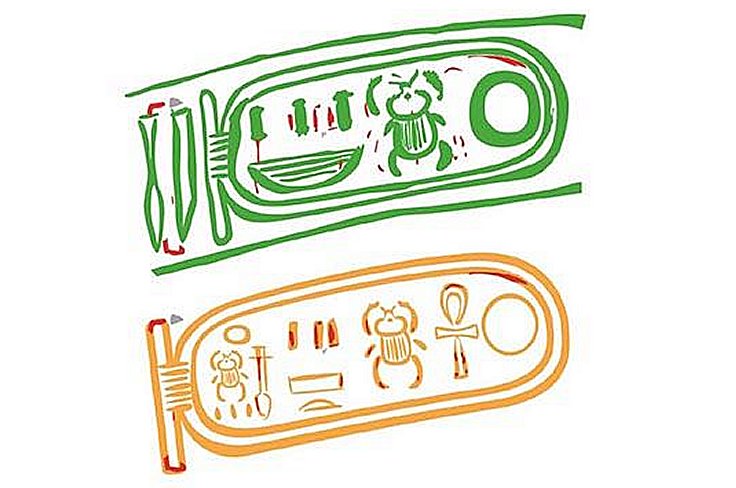
“In combination with the remains of three short verticals beneath the later plural strokes of the Tutankhamun xprw and a heavily reemphasised ra, what these traces plainly spell out, from right to left, is the prenomen anx-xprw-ra — Ankhkheperure.”
Reeves continues: “There exist, of course, two versions of the Ankhkheperure prenomen: the first, incorporating an epithet associating the owner with Akhenaten, was a form employed exclusively by the female co-regent Neferneferuaten; use of the second, without epithet, appears to have been restricted to the pharaoh Smenkhkare.” As the positioning of its opening traces suggests, Reeves said, the version originally carried by the gold mask had been that with epithet — an impression confirmed by the shadow-outline of a long, rectangular sign consistent with the hieroglyph mr, “beloved (of),” which physically underlies the nb of nb-xprw-ra.
After this comparison Reeves was perplexed about the earlier cartouche, as a seemingly limited space was left for the writing of this epithet.
“It was inadequate for any of the forms currently attested for Neferneferuaten,” said Reeves, adding that the explanation would be provided by Ray Johnson who recognised that the cartouche employed by Tutankhamun was in fact an appreciably shortened version of the Neferneferuaten oval which had formerly occupied this position, with the area freed up by that earlier cartouche’s reduction in size filled by the two vertical signs mAa xrw, “true of voice”.
“What, then, had been the precise form of the Ankhkheperure epithet in this earlier and longer cartouche?” Reeves noticed that shallow traces of a long and a short vertical to the left of the discerned mr, “beloved (of),” suggest an answer.
“While other identifications of these cuts could be argued (for example, as elements of a reed-leaf i, which would imply an employment of the rare epithet mr itn, “beloved of the Aten”), the most likely reconciliation of the surviving traces, he believes, is surely nfr. “This would point towards the far more commonly encountered designation mr nfr-xprwra, “beloved of Neferkheperure” (i.e. of Akhenaten),” Reeves wrote.
MessageToEagle.com
via Al-Ahram Weekly
Related Posts
-
 Remnants Of The Lost Polar Continent Arctida-1 & Arctida-2 Still Exist – Scientists Say
No Comments | Sep 18, 2015
Remnants Of The Lost Polar Continent Arctida-1 & Arctida-2 Still Exist – Scientists Say
No Comments | Sep 18, 2015 -
 Ancient DNA Reveals A 50,000-Year-Old Secret And Re-Writes History Of Australia
No Comments | Mar 8, 2017
Ancient DNA Reveals A 50,000-Year-Old Secret And Re-Writes History Of Australia
No Comments | Mar 8, 2017 -
 Lost Underground City Of The Grand Canyon
No Comments | Nov 19, 2014
Lost Underground City Of The Grand Canyon
No Comments | Nov 19, 2014 -
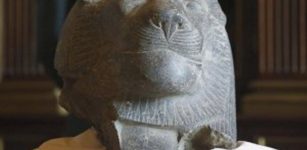 Statues Of Lion-Headed Sekhmet Egyptian Goddess Of War Discovered
No Comments | Mar 16, 2016
Statues Of Lion-Headed Sekhmet Egyptian Goddess Of War Discovered
No Comments | Mar 16, 2016 -
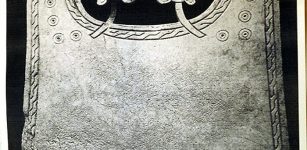 Ancient Scar Dragon Plaque And The Viking Boat To The Otherworld
No Comments | Feb 4, 2016
Ancient Scar Dragon Plaque And The Viking Boat To The Otherworld
No Comments | Feb 4, 2016 -
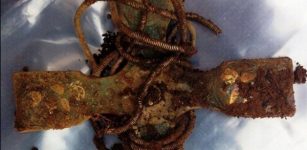 Spectacular Viking Treasures Unearthed On Church Land In Scotland
No Comments | Oct 13, 2014
Spectacular Viking Treasures Unearthed On Church Land In Scotland
No Comments | Oct 13, 2014 -
 Perfectly Preserved Roman Tombs Discovered Near City Of Capua Where Spartacus Trained As Gladiator
No Comments | Jan 7, 2021
Perfectly Preserved Roman Tombs Discovered Near City Of Capua Where Spartacus Trained As Gladiator
No Comments | Jan 7, 2021 -
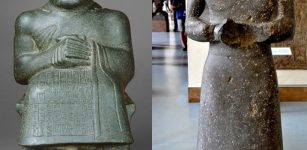 Researchers Uncover Ancient Trade Routes Between Iran And Mesopotamia
No Comments | Dec 4, 2015
Researchers Uncover Ancient Trade Routes Between Iran And Mesopotamia
No Comments | Dec 4, 2015 -
 World’s Largest Wine Factory From The Byzantine Period Unearthed In Yavne
No Comments | Oct 14, 2021
World’s Largest Wine Factory From The Byzantine Period Unearthed In Yavne
No Comments | Oct 14, 2021 -
 Search For Noah’s Ark Continues – The ‘Inside Mount Ararat’ Research Project
No Comments | Aug 5, 2014
Search For Noah’s Ark Continues – The ‘Inside Mount Ararat’ Research Project
No Comments | Aug 5, 2014
